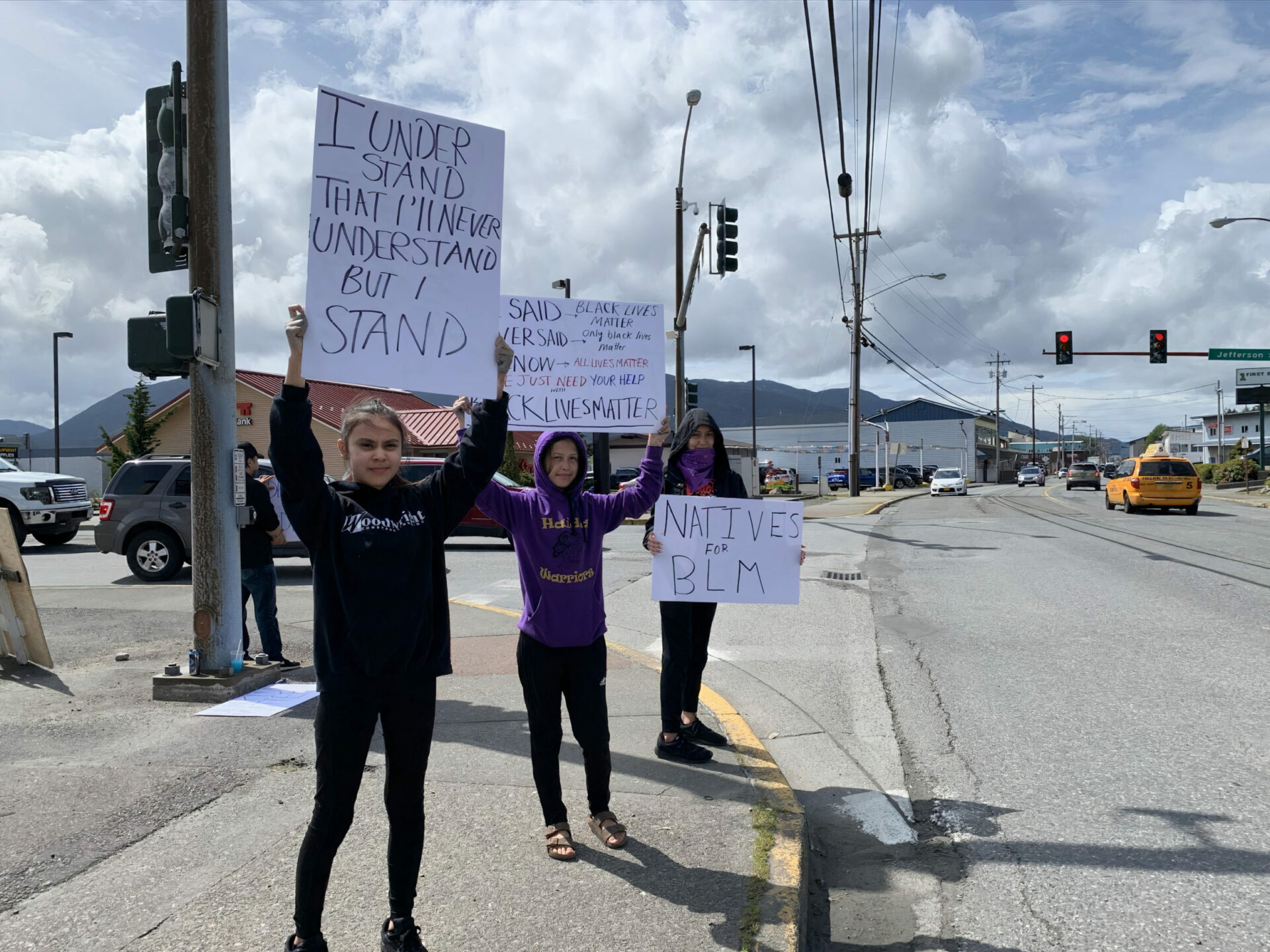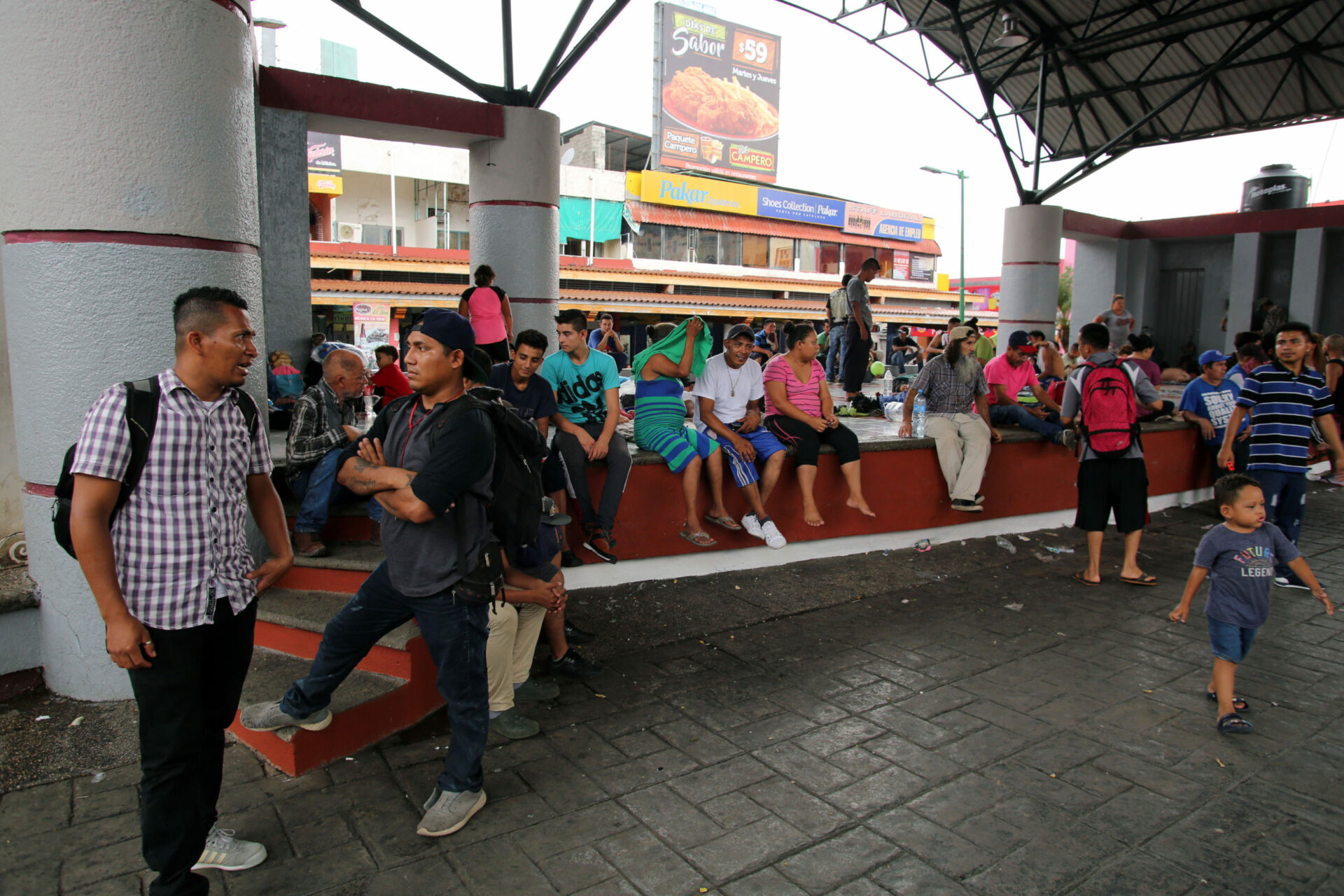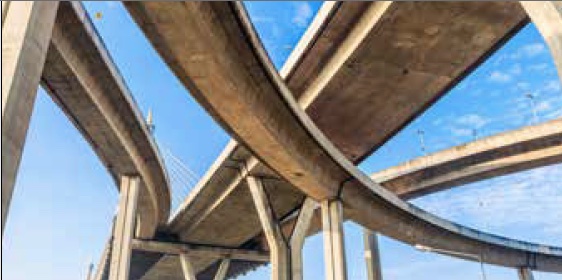Introducing the Crossroads

Young Alaska Native activists protest racial injustice in Ketchikan, Alaska, 2020. Photo by Eric Stone/KRBD

Tapachula bus station. Shutterstock

Modern crossroads in Bangkok, Thailand. Photo by SantiPhotoSS
CROSSROADS
Crossroads are intersections where people from different places meet.
Throughout this exhibition, you will meet people in four crossroads: the Mediterranean Basin, Beringia, Central Africa, and East Los Angeles.
Explore the exhibition to discover their stories and learn how migration changes them.
Explore crossroads around the world
Beringia
Beringia was once the site of a land bridge, which connected Asia and North America. Humans crossed this region by land and by sea starting more than 14,000 years ago. Some made permanent settlements here.
The land bridge has long been submerged, but the region remains a crossroads between continents.
Today, climate change threatens to force the region’s residents to leave their homes or adapt to new ways of life.
Mediterranean
Throughout history, you could stand on the shores of the Mediterranean Sea and watch much of the world go by.
The region saw the rise and fall of the ancient Phoenician, Greek, and Roman civilizations, as well as the Ottoman Empire, which ruled for more than 600 years.
Today, the Mediterranean remains a crossroads for people risking their lives to flee dangerous conditions in North Africa, South Asia, and the Middle East.
East L.A.
East Los Angeles is a cluster of neighborhoods. It is a cultural hub and a powerful symbol of identity.
Over generations, interactions between diverse people have shaped the area. Local Indigenous settlements and trade connected communities from the ocean to the desert. Spanish colonization, Mexican independence, and U.S. statehood brought new regimes of land use and culture.
Immigrants from many parts of the globe have subsequently settled in East L.A. Today it is home to one of the largest Mexican American populations in the U.S.
Central Africa
At the heart of the world’s oldest inhabited continent, Central Africa has always been a hub of movement.
Merchants from across Africa traveled to and through the region to trade many things, including ivory, salt, copper, and oil. In the 1600s and 1700s, millions of people were taken from their homes in Central Africa and sold into slavery.
Central Africa remains a busy crossroads today, as people move to, from, and through the region, fleeing conflict and seeking opportunity.
Talkback question: Share Your Story. Tell us about the crossroads where you live.
Share your migration stories using #WorldOnTheMove